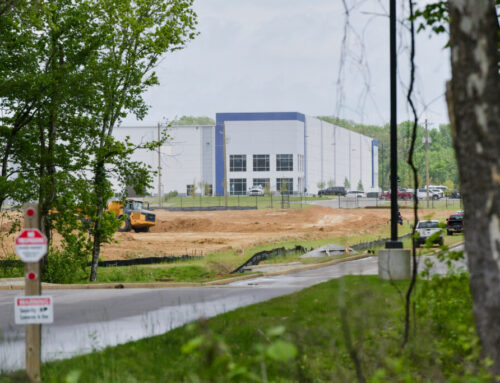Smarter electrolysis: Pairing reactions for sustainable energy and chemistry
October 21, 2025

For more than two centuries, fossil fuels have dominated global energy and chemical production, accounting for over 80% of consumption and driving a steep rise in CO₂ emissions. This reliance has contributed to climate change, energy insecurity, and environmental degradation. Although renewable energy investment has grown rapidly, conventional chemical processes remain carbon-intensive and economically inflexible.
Electrochemistry powered by renewables offers a promising pathway: mild operating conditions, abundant feedstocks, and scalable systems. However, inefficiencies in oxygen evolution at the anode limit its potential and add costs. Due to these problems, there is an urgent need to develop integrated electrosynthesis systems that replace oxygen evolution reaction (OER) with efficient, value-added reactions to achieve dual benefits.
A research team from Jiangsu University, the Chinese Academy of Sciences, Hasselt University, and MIT has published a comprehensive review in eScience examining how electrosynthesis is evolving from water electrolysis to dual-value-added production. The study analyzes catalysts, electrolyzers, and reaction mechanisms that enable coupling of alternative oxidation reactions with reduction processes such as CO₂, nitrogen, and organic molecule conversion. By highlighting both progress and challenges, the authors provide a roadmap for advancing electrochemical systems that simultaneously yield clean fuels and market-relevant chemicals.
The review emphasizes that replacing the sluggish OER with alternative oxidation reactions—such as methanol, glycerol, or sulfide oxidation—dramatically improves system efficiency while producing useful by-products like formic acid, acetic acid, hydrogen peroxide, or elemental sulfur. When paired with reduction reactions beyond hydrogen evolution, such as CO₂ reduction (CO₂RR), CO reduction (CORR), or nitrogen reduction (NRR), these systems achieve dual outputs with lower energy consumption.
Catalyst development is central to this progress. Advances in nanostructured materials, including alloyed, doped, and defect-engineered catalysts, have expanded active sites and boosted selectivity. The deployment of self-supported electrodes and gas-diffusion electrodes further enhances stability and conversion rates. Hybrid electrolyzers, evolving from H-type cells to flow cells and membrane electrode assemblies, are enabling industrial-scale current densities.
Equally important are advanced in situ and operando techniques—such as infrared spectroscopy, Raman spectroscopy, X-ray absorption, and electron microscopy—that allow direct monitoring of catalytic intermediates and structural evolution. Alongside computational methods like density functional theory (DFT) and machine learning, these tools clarify mechanisms, optimize reaction pathways, and accelerate rational catalyst design. Together, these innovations mark a major leap toward sustainable and economically viable electrosynthesis.
“Electrochemical systems that simultaneously produce two valuable outputs represent a paradigm shift for green chemistry,” said co-authors Prof. Zhenhai Wen, Prof. Hao Zhang and Prof. Nianjun Yang. “By coupling OER alternatives with reduction reactions, we can not only lower the energy barrier but also generate high-value chemicals alongside clean fuels. The integration of advanced catalysts, novel electrolyzer architectures, and powerful characterization techniques provides unprecedented opportunities to design scalable, efficient processes. This dual-benefit approach is crucial for moving closer to a truly sustainable and circular chemical industry.”
The development of dual-value electrosynthesis systems holds significant promise for energy, environment, and industry. Beyond reducing carbon emissions, these systems enable the cost-effective production of green hydrogen, fuels, fertilizers, and chemical feedstocks, addressing both climate and resource challenges. Coupling reactions such as CO₂ reduction with alcohol oxidation or waste remediation provides added economic and ecological value.
In the longer term, the combination of advanced catalysts, computationally guided design, and industrial-scale electrolyzers could transform chemical manufacturing into a low-carbon, energy-efficient process. This strategy directly contributes to global net-zero ambitions while creating new opportunities for renewable-driven industrial chemistry.
More information:
Genxiang Wang et al, Advancements in electrochemical synthesis: Expanding from water electrolysis to dual-value-added products, eScience (2025). DOI: 10.1016/j.esci.2024.100333
Provided by
Chinese Academy of Sciences
Search
RECENT PRESS RELEASES
Related Post




